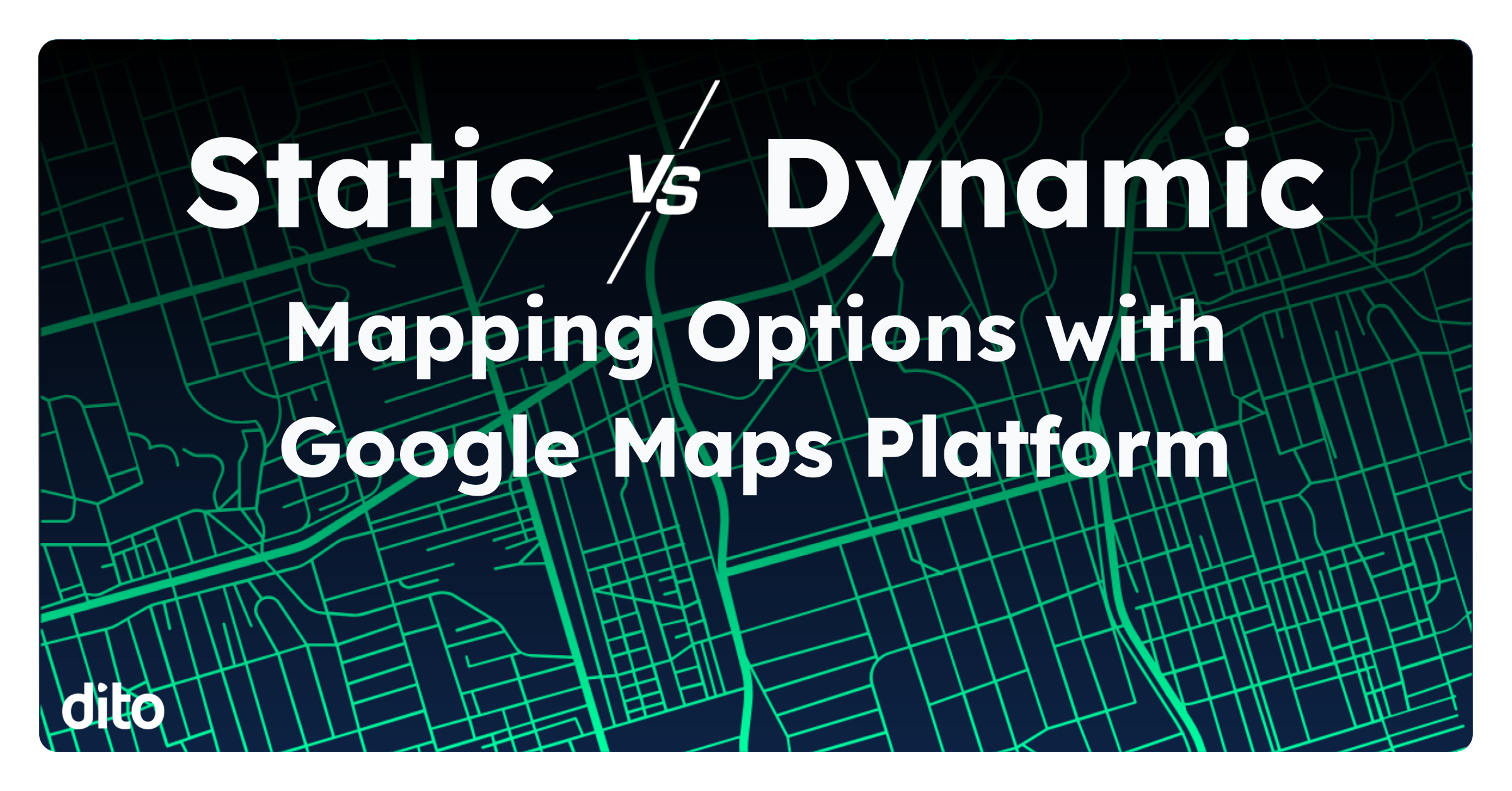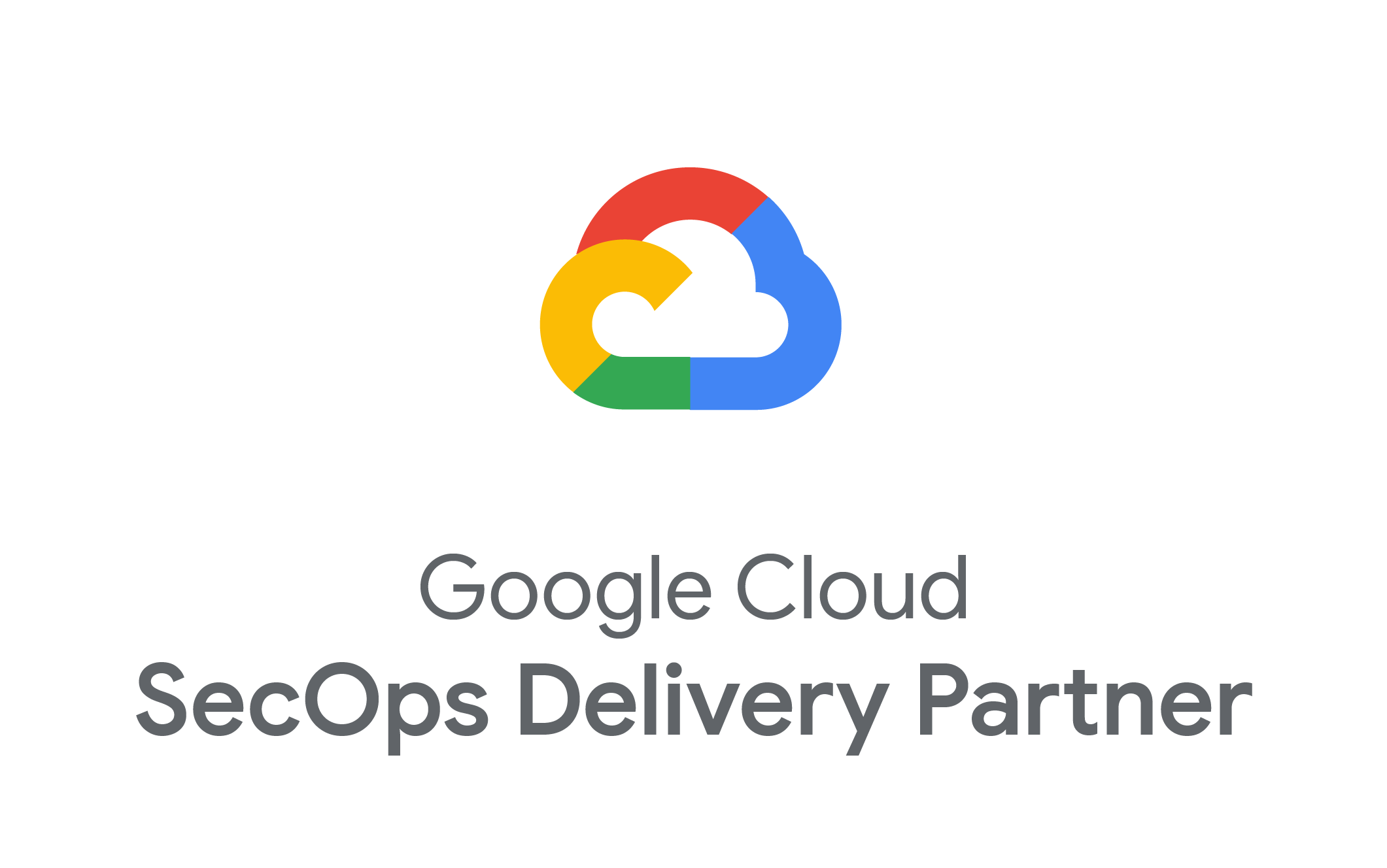Location-based marketing strategies are gaining momentum as the next major disruption in how marketers leverage data. A report from The Next Web pointed out that location-based services are vital because they enable marketers to move from using historic data as the exclusive means to predict and anticipate customer behavior. Instead, organizations can leverage historical data alongside real-time information to generate smarter interactions.
The trend is gaining momentum quickly. Transparency Market Research found that the global location-based marketing services market is currently positioned to expand at a compound annual growth rate of 19.9 percent from 2017 through 2025. By 2025, the global industry will be valued at $99.77 billion.
While businesses are embracing location-based marketing services in an effort to engage customers in more nuanced ways, they must overcome significant technical hurdles to do so.
Considering the Options and Technical Issues of Location-based Marketing
There are a few ways to employ location-based marketing depending on your sales model and methods for interacting with customers. One of the most prominent options is to configure your mobile app to share location data with a user’s phone. From there, the app can gather location information and feed back into your databases. When the user goes to a location that is relevant to your products, your systems can trigger an alert and you can use either the app or another messaging format to reach out to the user with specialized promotions. This kind of direct interaction is ideal in the retail or hospitality locations, letting you leverage location data to target consumers in a time-sensitive way.
The other option is to use location data in a more passive way to identify new habits and tendencies in user behavior. This builds on traditional models of using historical data to reach customers, but adds to the richness of the data being collected. Furthermore, you can identify patterns in user behavior to then trigger notifications or alerts to take action to target a customer for a sale or promotion when certain conditions are met. You can also partner with other businesses to allow them to use historic location data you capture to inform their operations, for a price, of course.
Either way, both strategies have a similar goal – to become more intelligent in how you gather user information and engage individuals throughout the sales process. Within each option, you can also leverage internet of things devices to gather data within specific locations you control to reach out to customers in strategic ways. Regardless of which you favor, you’ll need to:
- Collect, organize and analyze data from potentially thousands of devices, putting that data into context for both real-time analysis and long-term strategic planning.
- Create apps that foster a strong user experience and allow for natural interactions between marketers and customers.
- Equip your backend data center systems to handle the large quantities of location data moving between various apps and services.
- Implement IoT devices, supporting network services, and development projects to get location-based marketing off the ground.
While the technical hurdle is high, data warehousing tools designed for these types of opportunities can go a long way toward dealing with the challenge.
Employing Location-based Data with Google Cloud
Google Cloud Platform is gaining momentum as a cutting-edge solution due to its underlying data warehousing tools. Google Cloud is built with powerful services that support:
- Rapid development and deployment of new apps via containers.
- Integrated data warehousing via specialized analytics solutions that feed to a common warehousing solution.
- Machine integration and analytics tools that can integrate across a variety of suites.
- An architecture that covers end-to-end data management and analytics.
These capabilities come together to allow businesses to build out systems they need to support location-based services without taking on an excessive development or infrastructure burden. As a Google blog explained, the data warehousing roots underpinning Google Cloud analytics tools can empower marketers to create custom data warehousing capabilities that simplify operations. For digital marketers trying to capture details of customer behavior and take action on those trends in near real time, the flexibility of the Google Cloud is essential.
Of course, while Google Cloud is powerful and accessible, any cloud migration comes with challenges. Contact Dito today to learn how we can help you migrate to Google Cloud and get your location-based marketing program up and running.









